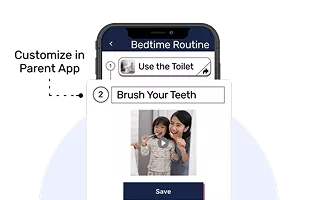Audiologists work by employing specialized techniques and tools to address hearing and balance issues. Here are some examples of how they approach their work:
- Comprehensive hearing tests: Audiologists conduct thorough assessments to evaluate an individual’s hearing abilities and identify any potential problems.
- Diagnosis and treatment: They diagnose hearing disorders and provide appropriate treatment options, which may include recommending hearing aids, cochlear implants, or other assistive devices.
- Counseling and support: Audiologists offer guidance and support to individuals and their families, helping them navigate the challenges associated with hearing loss or balance difficulties.
- Collaborative approach: They collaborate closely with other healthcare professionals, such as doctors and speech therapists, to ensure a multidisciplinary approach to patient care.
- Education and prevention: Audiologists educate individuals about hearing protection measures and promote strategies to prevent hearing loss.
In conclusion, audiologists use specialized techniques and collaborate with other professionals to provide comprehensive care, diagnosis, treatment, support, and education to individuals with hearing and balance problems. Goally, our tablet, helps kids with audiologists by offering fun apps for digital visual schedules, AAC, gamified learning, emotional regulation, executive functioning skills, and social skills training.
This post was originally published on Feb. 5, 2023. It was updated on July 14, 2023.









